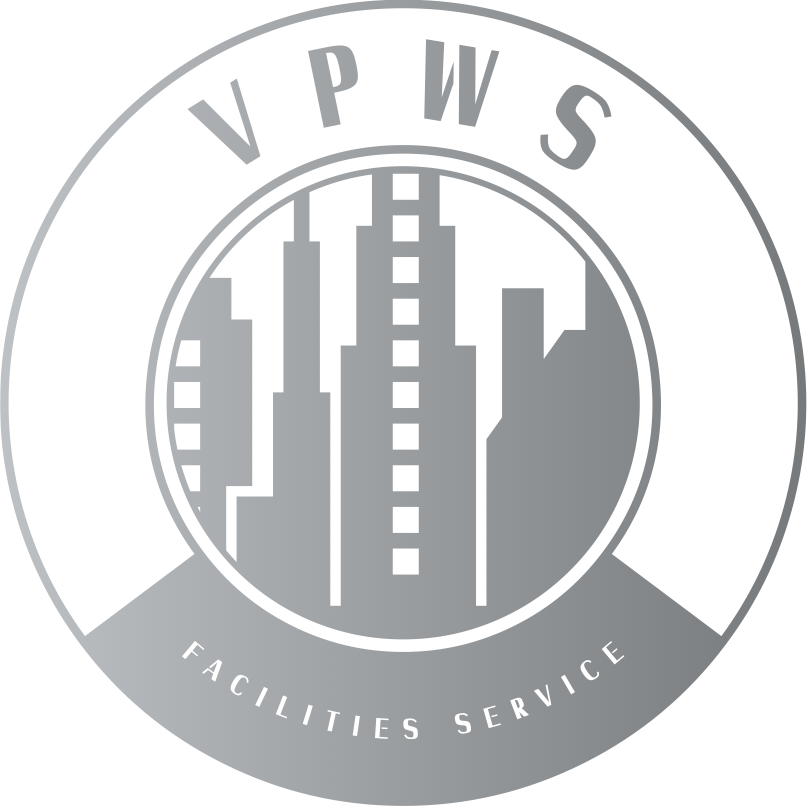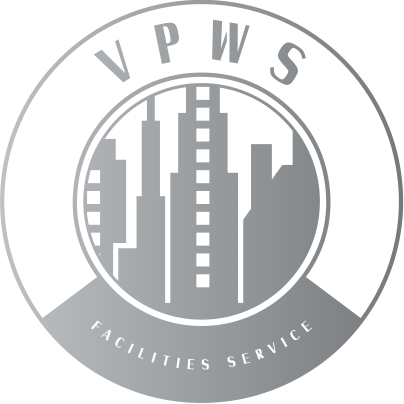Best Practices for Effective Hospital Cleaning
Maintaining a clean and hygienic environment in hospitals is crucial for ensuring patient safety, preventing the spread of infections, and providing a comfortable space for patients, visitors, and staff. Effective hospital cleaning practices are essential to meet these goals. This comprehensive guide will explore the best practices for effective hospital cleaning, offering insights into the techniques, strategies, and protocols contributing to a safe and healthy healthcare environment.
Importance of Hospital Cleaning
Hospital cleaning is not just about aesthetics; it is a critical component of infection control and patient care. Understanding its importance helps underscore the need for rigorous and systematic cleaning practices.
Preventing Healthcare-Associated Infections (HAIs)
Healthcare-associated infections (HAIs) are infections that patients acquire while receiving treatment in a healthcare facility. Effective cleaning practices are vital for preventing HAIs from bacteria, viruses, and other pathogens in the hospital environment.
Enhancing Patient Outcomes
A clean and hygienic hospital environment contributes to better patient outcomes. Reducing the risk of infection and creating a comfortable atmosphere can aid in patient recovery and improve overall health outcomes.
Ensuring Regulatory Compliance
Hospitals must comply with stringent regulations and standards set by health authorities, such as the Centers for Disease Control and Prevention (CDC) and the World Health Organization (WHO). Adhering to best cleaning practices ensures compliance with these standards, avoiding potential legal and financial consequences.
Developing a Comprehensive Cleaning Plan
A comprehensive cleaning plan is the foundation of effective hospital cleaning. It outlines the procedures, frequency, and responsibilities for cleaning various areas of the hospital.
Risk Assessment and Prioritization
Conduct a risk assessment to identify areas with the highest risk of contamination and infection. High-risk areas, such as operating rooms, intensive care units (ICUs), and isolation rooms, require more frequent and thorough cleaning.
Cleaning Protocols
Establish clear cleaning protocols for different areas of the hospital. These protocols should include detailed instructions for cleaning procedures, approved cleaning agents, and the frequency of cleaning tasks.
Staff Training and Education
Ensure that cleaning staff receive comprehensive training and education on hospital cleaning protocols, infection control practices, and the proper use of cleaning equipment and chemicals. Ongoing training is essential to keep staff updated on the latest best practices.
Utilizing Proper Cleaning Techniques
Proper cleaning techniques are essential for effectively removing pathogens and maintaining a hygienic hospital environment.
Cleaning and Disinfection
Cleaning involves removing dirt, dust, and organic matter from surfaces, while disinfection involves using chemical agents to kill pathogens. Both processes are necessary to ensure thorough cleanliness. Use EPA-approved disinfectants that are effective against a broad spectrum of pathogens.
Surface Cleaning
Focus on high-touch surfaces, such as doorknobs, light switches, bed rails, and medical equipment, which can harbor pathogens. Regularly clean and disinfect these surfaces to minimize the risk of contamination.
Floor Cleaning
Floors can accumulate dirt, dust, and microorganisms. Use appropriate floor cleaning techniques, such as mopping with disinfectant solutions, to maintain cleanliness. Pay special attention to high-traffic areas and patient rooms.
Terminal Cleaning
Terminal cleaning is a thorough cleaning after a patient is discharged or transferred from a room. This practice involves cleaning and disinfecting all surfaces, including walls, ceilings, and medical equipment, to ensure the room is free from pathogens before the next patient arrives.
Implementing Advanced Cleaning Technologies
Advanced cleaning technologies can enhance the effectiveness and efficiency of hospital cleaning practices.
Electrostatic Sprayers
Electrostatic sprayers apply a positive charge to disinfectant solutions, allowing them to adhere more effectively to surfaces. This technology ensures even coverage and better penetration into hard-to-reach areas, making it ideal for disinfecting large spaces quickly and efficiently.
UV-C Light Sanitizers
UV-C light sanitizers use ultraviolet light to kill bacteria, viruses, and other pathogens on surfaces. This technology is especially useful in high-risk areas, such as operating rooms and isolation units, where maintaining a high level of sanitation is critical.
HEPA-Filtered Vacuum Cleaners
HEPA-filtered vacuum cleaners effectively capture dust, allergens, and microorganisms from floors and surfaces. Using HEPA filters helps reduce the spread of airborne pathogens and improves indoor air quality.
Automated Cleaning Robots
Automated robots can perform routine cleaning tasks, such as mopping and disinfecting floors, without human intervention. These robots are equipped with sensors and artificial intelligence to navigate and clean large areas, making them suitable for high-traffic zones.
Enhancing Infection Control Measures
Infection control measures are integral to hospital cleaning practices, ensuring the safety of patients, staff, and visitors.
Hand Hygiene
Promote strict hand hygiene practices among healthcare workers, cleaning staff, and visitors. To encourage regular hand hygiene, hand sanitizers, and handwashing stations should be provided throughout the hospital.
Personal Protective Equipment (PPE)
Ensure that cleaning staff wear appropriate PPE, such as gloves, masks, gowns, and face shields, to protect themselves and prevent spreading infections. Proper use and disposal of PPE are crucial for maintaining a safe environment.
Isolation Protocols
Implement isolation protocols for patients with infectious diseases to prevent cross-contamination. Cleaning staff should receive specific training on cleaning and disinfecting isolation rooms and handling contaminated materials.
Waste Management
Proper waste management is essential for preventing the spread of infections. Dispose of medical waste, such as used PPE, syringes, and contaminated materials, in designated biohazard containers and follow regulatory guidelines for disposal.
Maintaining Air Quality
Indoor air quality is critical in preventing the spread of airborne pathogens and ensuring a healthy hospital environment.
HVAC System Maintenance
Maintain and clean HVAC systems regularly to ensure proper ventilation and air filtration. Use high-efficiency filters to capture airborne particles and pathogens, and consider integrating UV-C light technology into HVAC systems to enhance disinfection.
Air Purifiers
Air purifiers with HEPA filters in high-risk areas, such as ICUs and isolation rooms, can improve air quality and reduce the concentration of airborne pathogens.
Monitoring and Analytics
Implement air quality monitoring systems to track levels of airborne contaminants, humidity, and ventilation efficiency. These systems can provide real-time data to help manage and improve indoor air quality.
Encouraging Staff and Patient Involvement
Engaging both staff and patients in maintaining a clean environment fosters a culture of hygiene and responsibility.
Staff Involvement
Encourage healthcare workers to adhere to hygiene protocols and promptly report cleanliness issues. Regularly communicate the importance of cleanliness and its impact on patient safety to all staff members.
Patient Education
Educate patients and their families about the importance of hygiene and how they can contribute to maintaining a clean environment. Provide information on proper hand hygiene, respiratory etiquette, and the appropriate disposal of waste.
Evaluating Cleaning Performance
Regularly evaluating the performance of cleaning practices is essential for maintaining high standards and identifying areas for improvement.
Hygiene Audits
Conduct hygiene audits to assess the implementation and effectiveness of cleaning protocols. These audits can identify areas for improvement and ensure compliance with best practices.
Monitoring Infection Rates
Track infection rates within the hospital to gauge the effectiveness of cleaning and infection control measures. Analyzing infection data can help identify trends and adjust cleaning protocols accordingly.
Feedback Mechanisms
Implement feedback mechanisms to gather input from staff, patients, and visitors about the cleanliness of the hospital. Use this feedback to make necessary adjustments and improve overall hygiene standards.
Continuous Improvement in Hospital Cleaning
Encouraging continuous improvement ensures that hospital cleaning practices remain effective and up-to-date with the latest advancements.
Ongoing Training and Education
Support ongoing training and education for cleaning staff to keep them updated on the latest cleaning techniques and technologies. Continuous learning helps staff stay current with industry standards and best practices.
Innovation in Cleaning Solutions
Encourage the adoption of innovative cleaning solutions and practices. Staying ahead of industry trends can lead to more efficient and effective hygiene management.
Implementing Feedback
Ensure that feedback and suggestions for improvement are implemented promptly. A proactive approach to feedback demonstrates a commitment to continuous improvement and maintaining high hygiene standards.
The Role of Technology in Enhancing Hospital Cleaning
Technological advancements play a crucial role in enhancing the efficiency and effectiveness of hospital cleaning practices.
Digital Cleaning Management Systems
Digital cleaning management systems use IoT (Internet of Things) technology to monitor and manage cleaning tasks. These systems can track cleaning schedules, monitor supply levels, and provide real-time feedback to cleaning staff.
Mobile Apps for Hygiene Reporting
Implement mobile apps that allow staff to report hygiene issues and request cleaning services in real-time. These apps can streamline communication and ensure that hygiene concerns are promptly addressed.
Automated Disinfection Systems
Automated disinfection systems, such as UV-C light robots and electrostatic sprayers, can provide consistent and effective disinfection of large areas. These systems can complement manual cleaning efforts and enhance overall hygiene.
Promoting a Culture of Cleanliness
Fostering a culture of cleanliness within the hospital encourages everyone to take responsibility for maintaining a hygienic environment.
Leadership Commitment
Hospital leadership should demonstrate a commitment to cleanliness by prioritizing hygiene practices and providing the necessary resources and support for effective cleaning.
Staff Engagement
Engage staff at all levels in promoting cleanliness and hygiene. Recognize and reward efforts to maintain a clean environment and encourage open communication about hygiene practices.
Patient and Visitor Involvement
Involve patients and visitors in maintaining cleanliness by providing clear guidelines and resources for hygiene practices. Please encourage them to report any cleanliness issues to staff promptly.
Learn More From VPWS Commercial Cleaning
Effective hospital cleaning ensures patient safety, prevents infections, and creates a comfortable environment. Hospitals can maintain high hygiene standards and improve patient outcomes by developing comprehensive cleaning plans, utilizing advanced cleaning technologies, and promoting a cleanliness culture. VPWS Commercial Cleaning is dedicated to providing top-quality janitorial services that align with the latest industry trends and best practices.
Discover expert insights and tips on effective hospital cleaning by exploring our VPWS Commercial Cleaning blog, where we share valuable information to help you maintain a safe and healthy healthcare environment.




